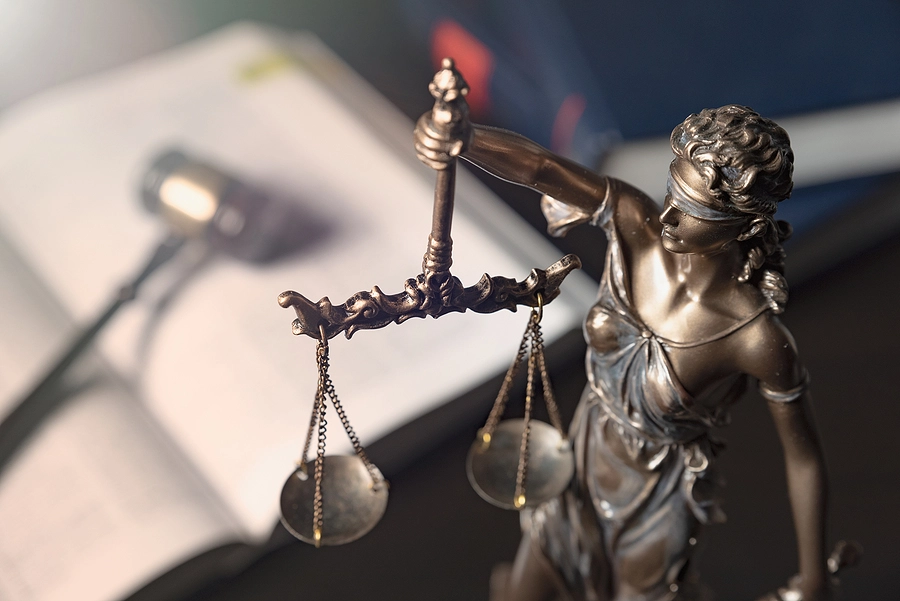Planning for Art Collections and Valuable Personal Property

Art collections and valuable personal property can represent a significant portion of an individual’s estate. In New York, careful planning is essential to ensure these assets are preserved, properly managed, and passed on according to your wishes. Unlike financial accounts or real estate, art and collectibles often involve unique challenges, such as valuation, insurance, and transfer procedures. Without planning, families may face disputes, unexpected taxes, or the loss of irreplaceable items.
Understanding the Importance of Planning
Valuable personal property includes fine art, antiques, jewelry, rare books, and other collectibles with significant monetary or sentimental value. Unlike cash or standard investments, these items are often unique and difficult to replace. They may also appreciate over time, making them an important part of your estate’s overall value.
Planning for these assets helps ensure they are protected during your lifetime and distributed according to your wishes after your death. It also allows you to address potential tax liabilities, avoid family disputes, and ensure proper care of the items.
Inventory and Documentation
The first step in planning is creating a comprehensive inventory of all valuable property. Include details such as:
-
Description of each item, including artist, title, or distinguishing features
-
Current location
-
Estimated value and date of acquisition
-
Provenance or documentation of authenticity
Photographs and detailed records provide proof of ownership and condition. This is especially important for insurance purposes and for facilitating a smooth transfer to heirs or beneficiaries.
Valuation of Art and Collectibles
Valuing art and collectibles accurately is critical. Unlike stocks or real estate, market prices for unique items can fluctuate and are often subjective. Professional appraisers provide unbiased assessments based on factors such as market trends, rarity, condition, and historical significance.
Regular updates to valuations are recommended, especially for high-value or frequently traded items. Keeping current appraisals ensures adequate insurance coverage and provides a realistic basis for estate planning decisions.
Insurance Considerations
Proper insurance coverage is essential for protecting valuable property. Standard homeowner’s insurance policies may provide limited coverage, but specialized policies or endorsements are often necessary for high-value collections.
Insurance policies should address:
-
Replacement value or agreed-upon value for items
-
Coverage for theft, fire, water damage, and accidental breakage
-
Transit coverage if items are moved for exhibitions or loans
-
Security requirements that may be conditions of coverage
Working with an experienced insurance agent familiar with fine art and collectibles can help avoid gaps in coverage.
Estate Planning Tools for Valuable Property
There are several legal tools in New York that can help manage art collections and other valuable assets:
-
Wills and Trusts: A will allows you to designate who will inherit specific items, while a trust can provide more control over the timing and conditions of the transfer. Trusts are particularly useful for high-value collections because they may help avoid probate and maintain privacy.
-
Specialized Personal Property Agreements: These agreements, often incorporated into an estate plan, can list specific items and designate beneficiaries, ensuring that each piece is distributed according to your wishes.
-
Gifting During Your Lifetime: Transferring items while you are alive can reduce estate taxes and allow you to see beneficiaries enjoy the property. Lifetime gifts should be carefully documented to avoid tax complications.
Tax Implications
Art and collectibles may be subject to estate and gift taxes in New York. The value of your property can affect your estate tax liability, and failure to plan properly may result in significant financial burdens for your heirs.
Consulting with an estate planning attorney and a tax professional can help you structure transfers in a way that minimizes taxes while preserving the collection. Options may include charitable donations, fractional gifting, or placing items in a trust.
Protection and Preservation of Collections
Beyond legal and financial considerations, proper care and preservation of art and collectibles are important. Environmental factors such as light, humidity, and temperature can damage items over time. Professional storage, climate control, and periodic maintenance can protect the collection for the long term.
Loans to museums or galleries may enhance the collection’s value and public exposure but require insurance and legal agreements to ensure items are returned safely. Documentation of all loans and movements of items is crucial for tracking and accountability.
Family Communication and Succession Planning
Disputes among family members often arise when valuable personal property is passed on. Clear communication about your intentions can reduce conflicts and ensure your wishes are respected. Providing written instructions or holding family meetings with your estate planning attorney can clarify who receives which items and how decisions should be made regarding their care or sale.
Charitable Planning
Charitable donations of art or collectibles can provide tax benefits while supporting institutions that preserve cultural or historical artifacts. Donating works during your lifetime or through your estate plan may also enhance your legacy and provide public recognition for your collection.
Working with a professional appraiser and legal advisor ensures that donations are valued correctly and meet IRS and state requirements.
Professional Guidance
Planning for art collections and valuable personal property involves legal, financial, and practical considerations. Working with an experienced estate planning attorney, an insurance specialist, and a certified appraiser can help you navigate these issues effectively. They can ensure your estate plan is comprehensive, compliant with New York law, and aligned with your goals for the future.
Conclusion
Art collections and valuable personal property require careful planning to protect their financial and sentimental value. From accurate documentation and proper insurance to estate planning tools and tax strategies, each step plays a role in preserving your assets for future generations.
Taking the time to inventory, value, and plan for your collection ensures it is managed and passed on according to your wishes. Professional guidance can help simplify the process, reduce risk, and provide peace of mind that your valuable property will be protected and enjoyed long after your lifetime.